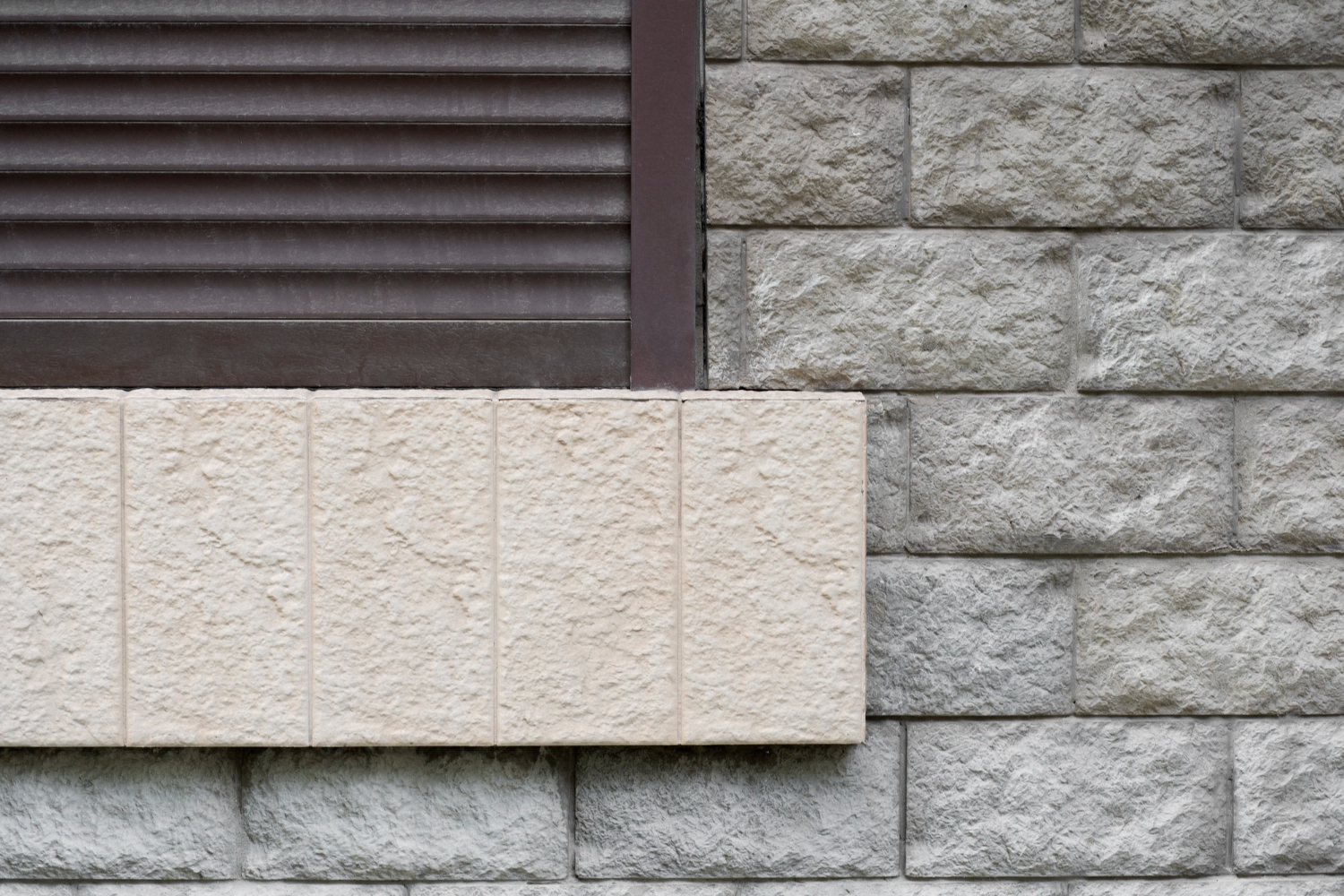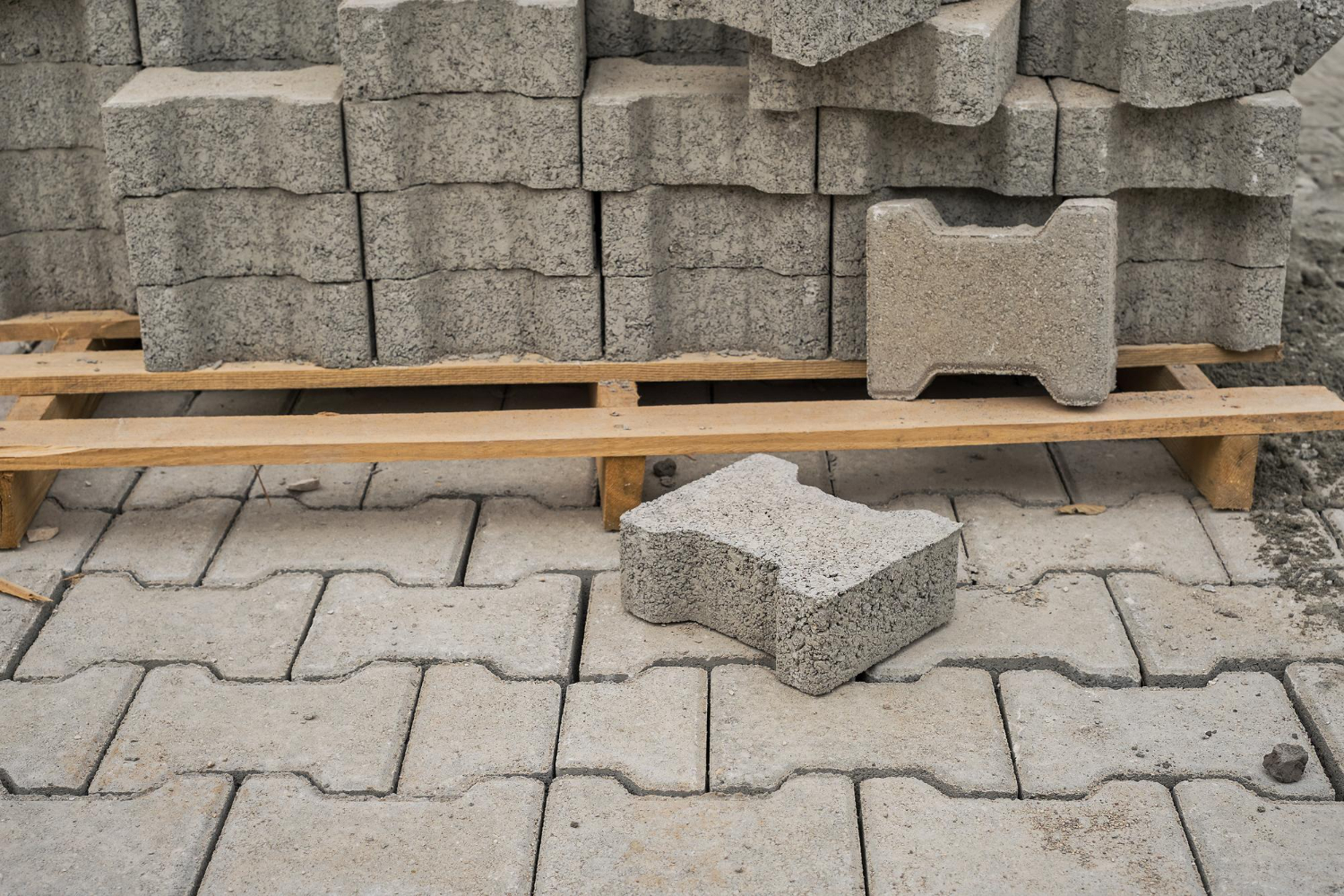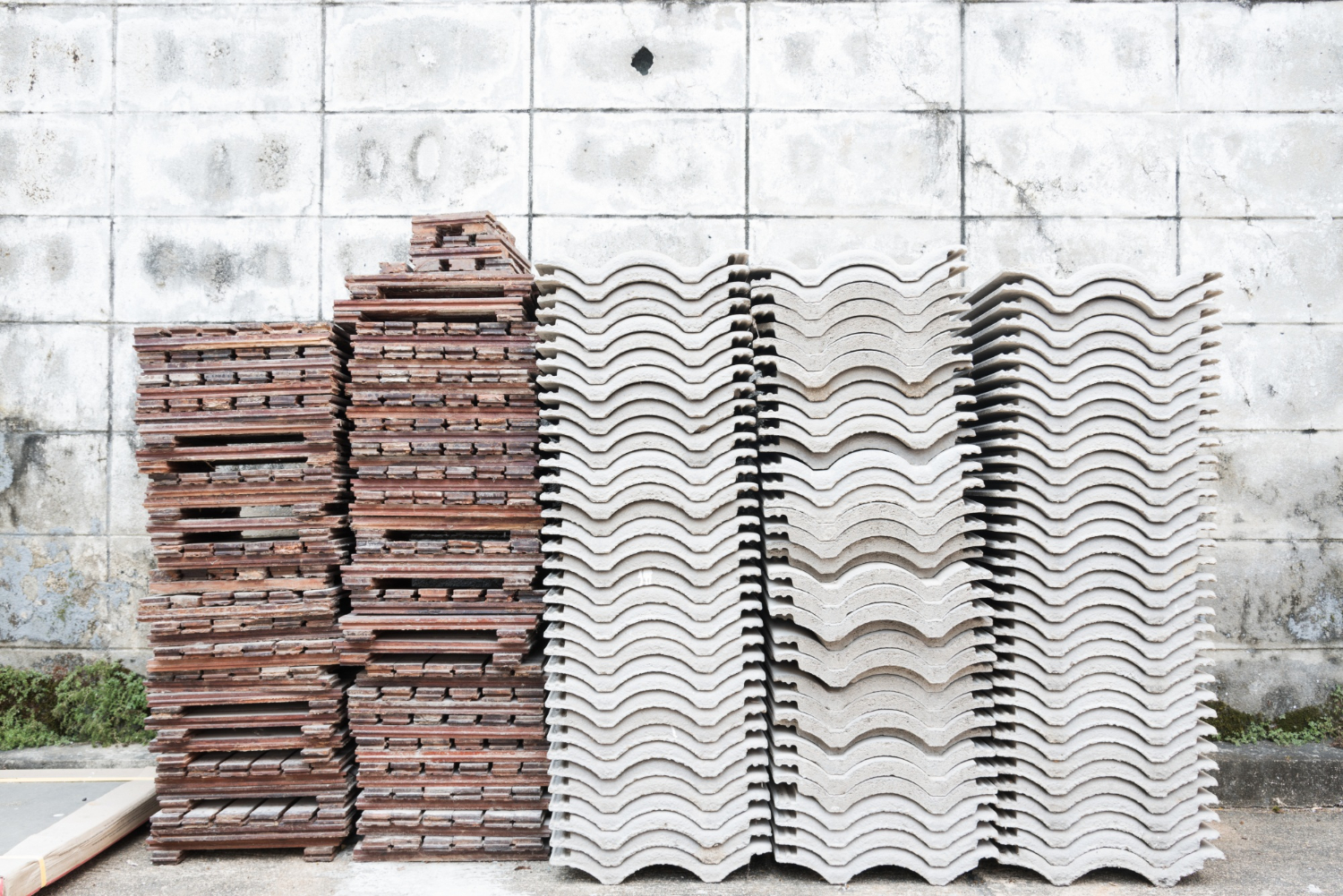Retaining walls are not just functional elements in landscaping; they also play a significant role in defining the aesthetics of your outdoor space. Whether you’re planning to prevent erosion, create terraced gardens, or add dimension to your yard, selecting the right retaining wall material is crucial. In this comprehensive guide, we’ll walk you through the various options available and help you make an informed decision that aligns with your project’s needs, budget, and design preferences.
Understanding Your Needs
Before diving into the world of retaining wall materials, it’s essential to understand your project’s specific requirements. Consider factors like the height and length of the wall, the type of soil you’re dealing with, the overall design you have in mind, and your budget constraints. Each material has its strengths and limitations, so having a clear understanding of your needs will guide your choice.
Concrete: The Versatile Workhorse
Concrete is one of the most popular choices for retaining walls, thanks to its versatility and durability. It’s suitable for both small garden walls and massive structural walls. Precast concrete blocks or poured concrete can be used to create a range of textures and designs, making it a versatile option for various aesthetic preferences. Moreover, concrete walls are low-maintenance and can last for decades.
Timber: A Natural Aesthetic
For a warm, natural look, timber retaining walls are an excellent choice. They blend seamlessly with garden settings and create a charming rustic atmosphere. While timber is a renewable resource, it does require regular maintenance to prevent rot and decay. Proper sealing or treating the wood can extend its lifespan, but it’s essential to be aware of the ongoing upkeep involved.
Stone: Timeless Elegance
If you’re aiming for a classic and timeless look, natural stone retaining walls are hard to beat. They exude elegance and fit well with both traditional and modern landscapes. Stones can be dry-stacked or mortared together, offering a wide range of design possibilities. While stone walls can be more expensive to install, they add significant aesthetic value to your property and are exceptionally durable.
Gabions: A Modern Twist
Gabion retaining walls are a contemporary choice that combines functionality with an industrial aesthetic. These walls consist of wire mesh baskets filled with rocks or stones. They are excellent for drainage and can be an environmentally friendly option if you use locally sourced materials. Gabion walls are relatively easy to install and have a unique, modern appearance that can set your landscape apart.
Consider Drainage
Regardless of the material you choose, proper drainage is crucial for the long-term stability of your retaining wall. Adequate drainage prevents water buildup, which can lead to erosion and damage. Consult with a professional or ensure your design includes drainage solutions like gravel backfill and weep holes.
Budget Considerations
Your budget will play a significant role in selecting the right retaining wall material. While some materials may have a higher upfront cost, they could save you money in maintenance and replacement costs over the years. Be sure to factor in all costs, including materials, labor, and ongoing maintenance, when making your decision.
Conclusion
Choosing the right retaining wall material is a pivotal step in your landscaping project. It’s not just about function; it’s about aesthetics, durability, and long-term value. Consider your specific needs, budget, and design preferences, and don’t hesitate to consult with a professional for guidance. With the right material, your retaining wall will not only serve its purpose but also become a beautiful and enduring addition to your outdoor space.



